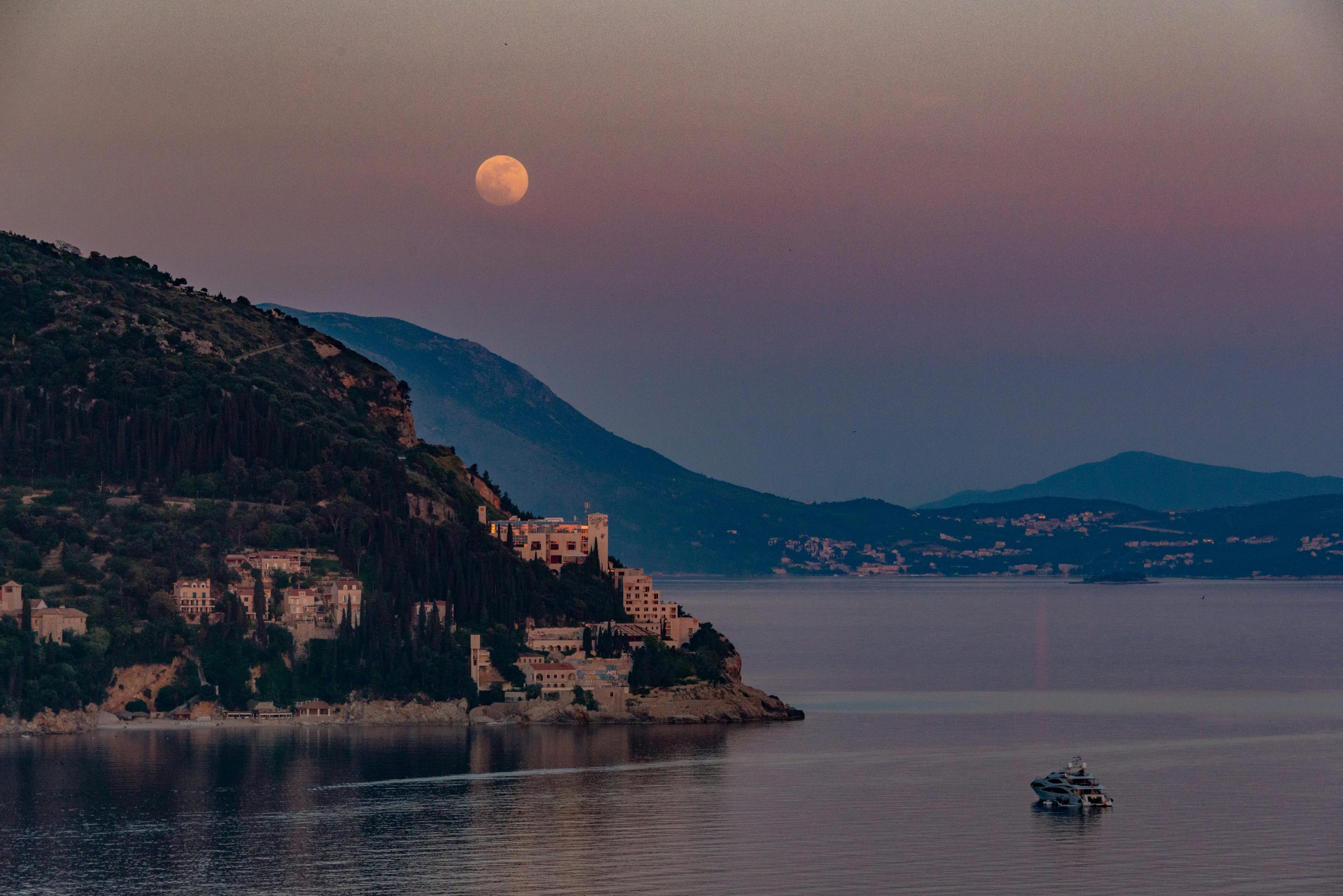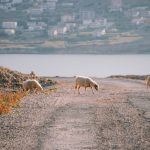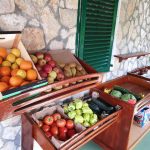Destinations
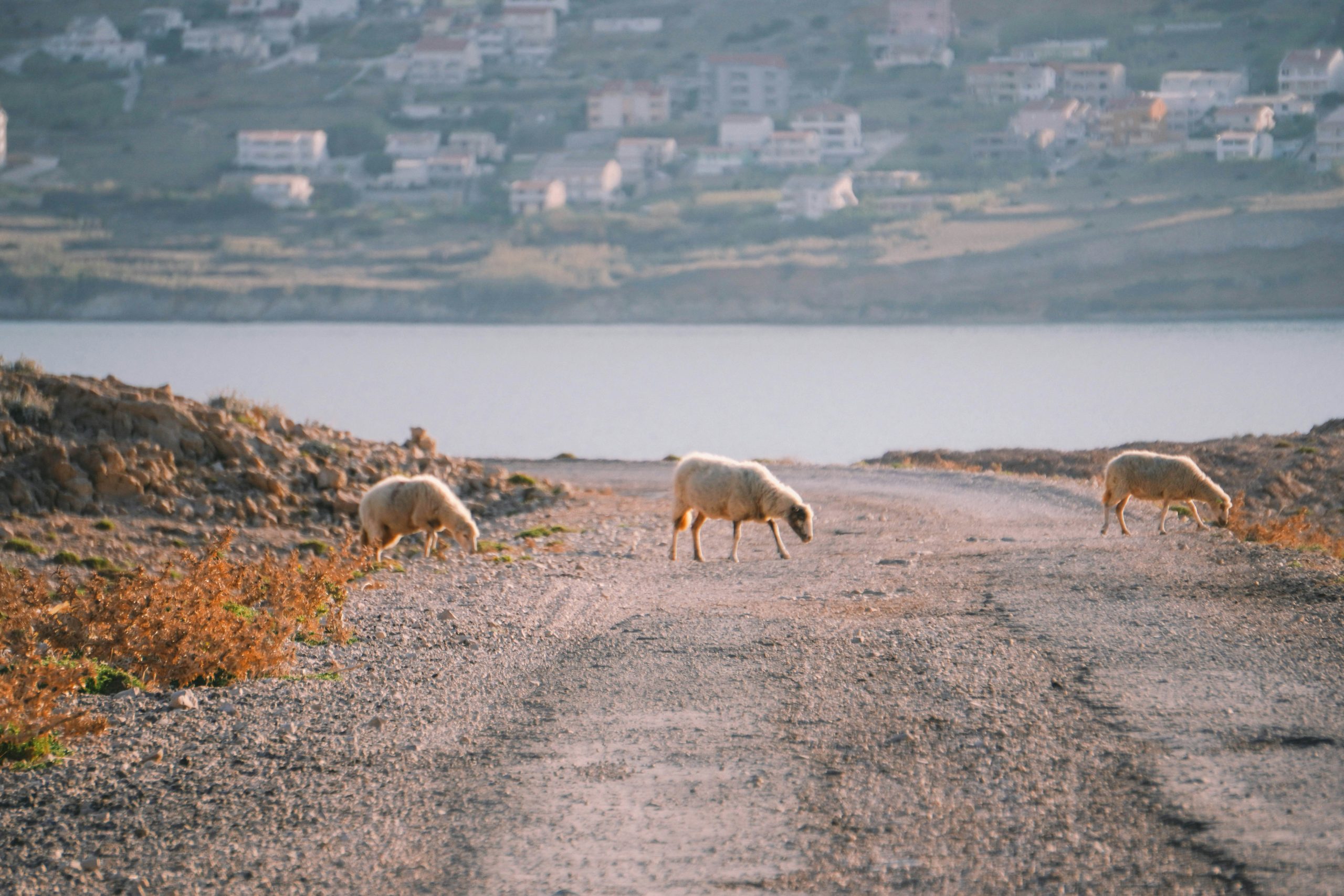
New Avalona Pag Campsite to Employ Around 100 People
April the 28th, 2024 – A brand new luxury site is set to employ around 100 people. The Avalona Pag ...
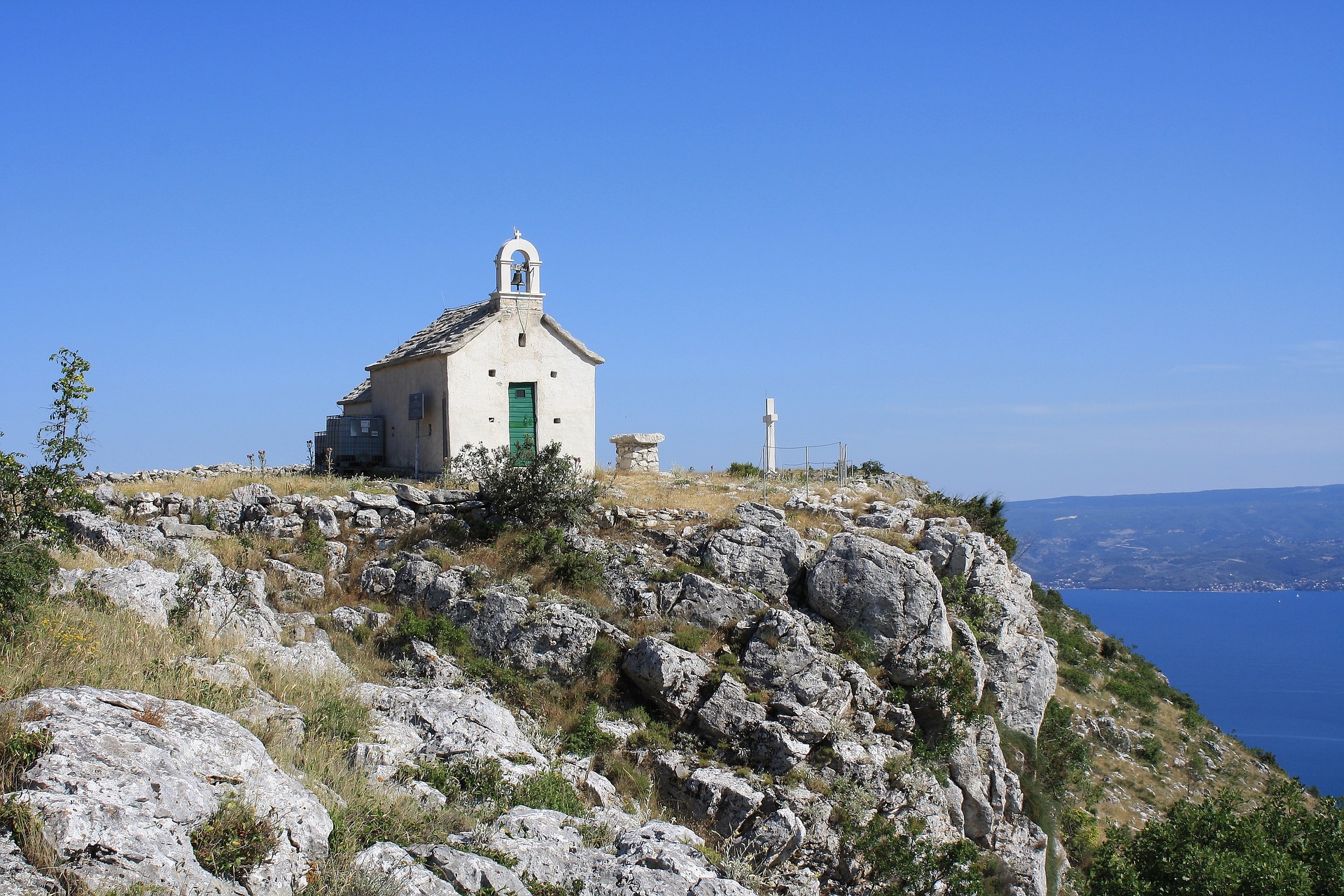
Does Croatian Tourism Have a Plan B If Climate Change is Real?
April the 25th, 2024 – What is the plan for Croatian tourism if the planet is altering? Sun and blue ...
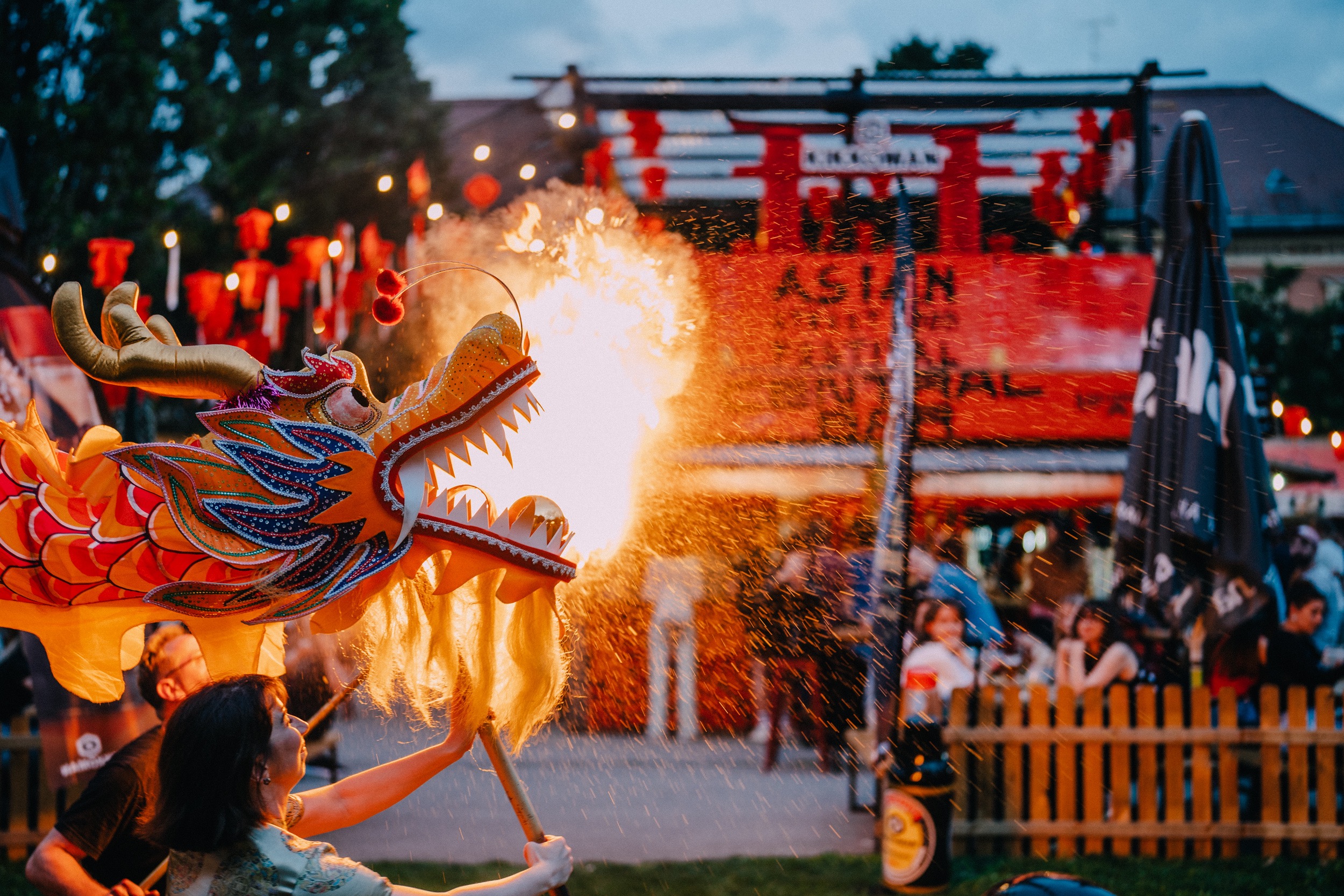
Second Asian Street Food Festival Coming to Zagreb This May
April the 22nd, 2024 – The second edition of the popular Asian Street Food Festival is rapidly approaching. Here’s what ...
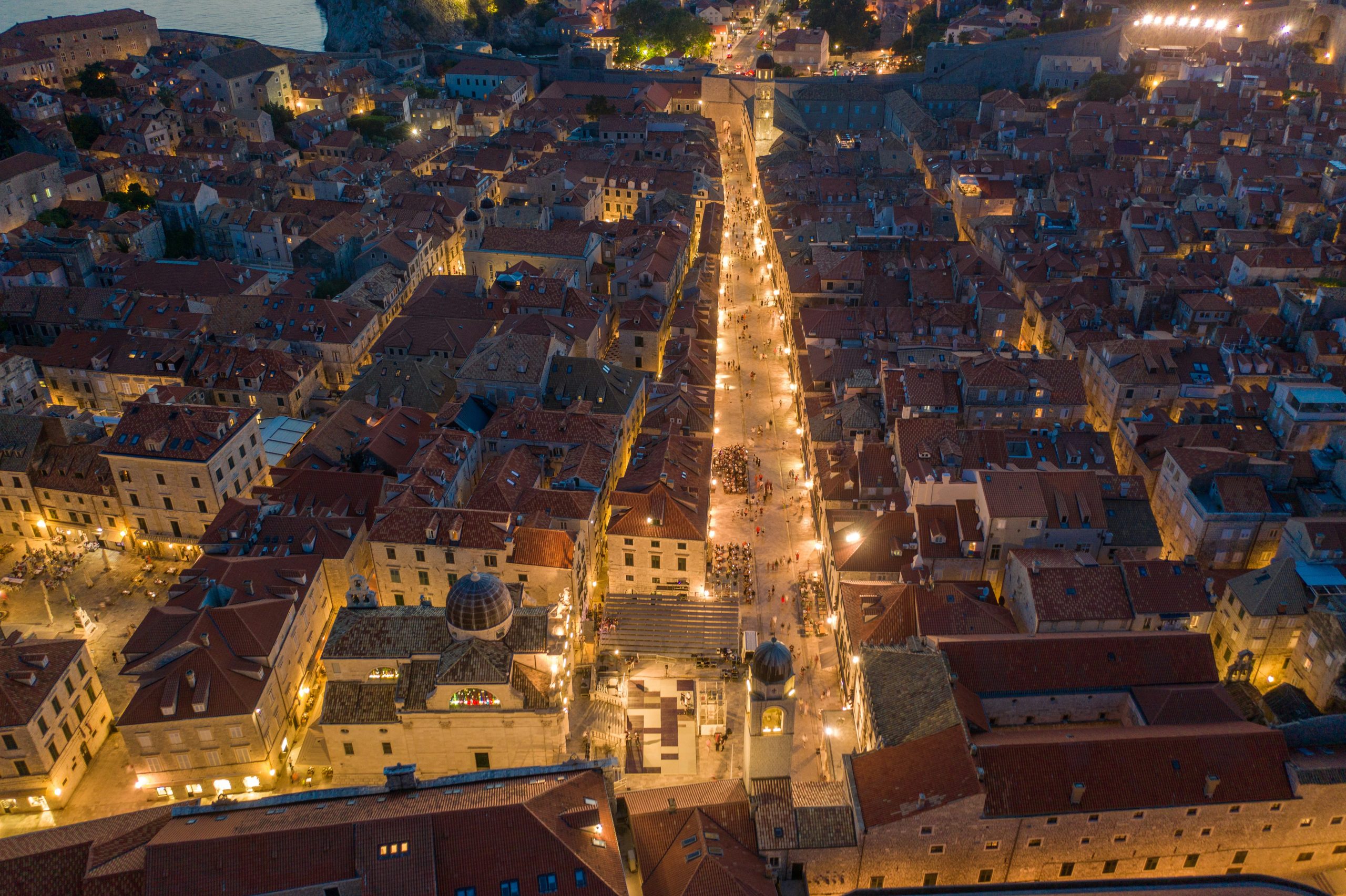
Croatian Sustainable Tourism Centre Is The First in Europe
April the 16th, 2024 – The Croatian Sustainable Tourism Centre is set to be the very first of its kind ...
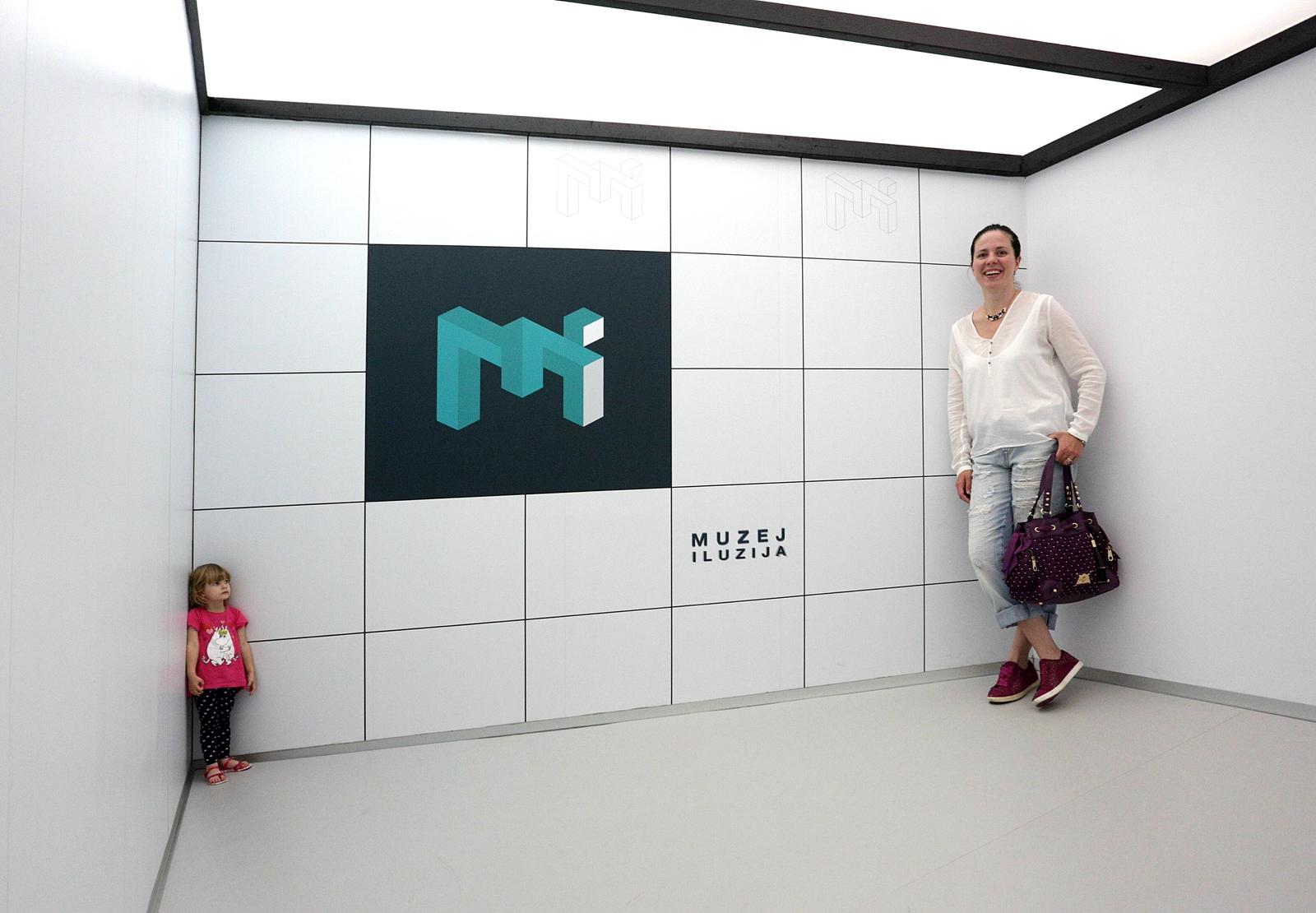
Croatian Museum of Illusions Continues Global Expansion
April the 16th, 2024 – The wildly popular Croatian Museum of Illusions has taken the world by storm with many ...
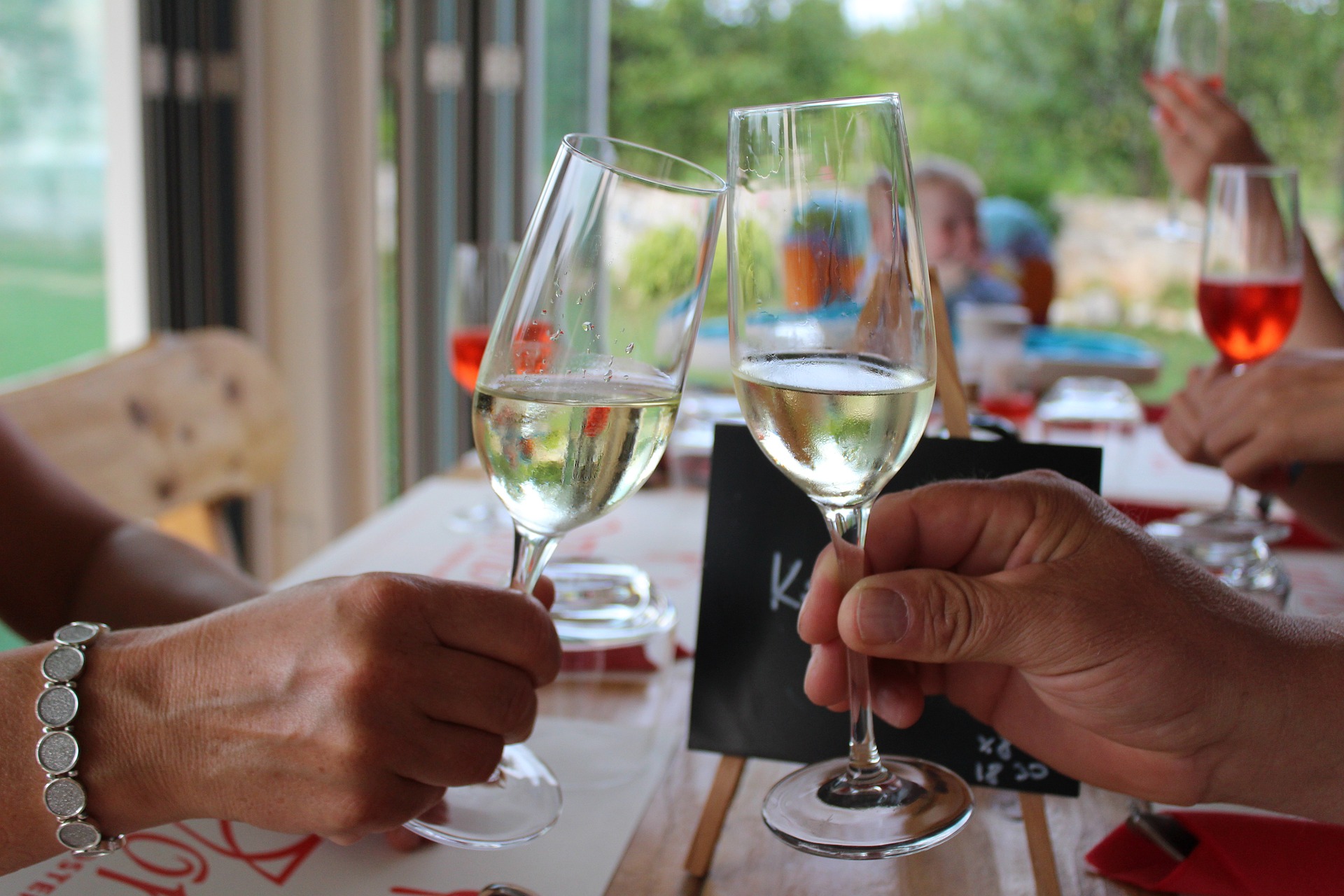
Croatian Gastro Tourism Offer Rich, But Limited
April the 15th, 2024 – Sun, sea and… food. The Croatian gastro tourism offer has a hell of a punch ...
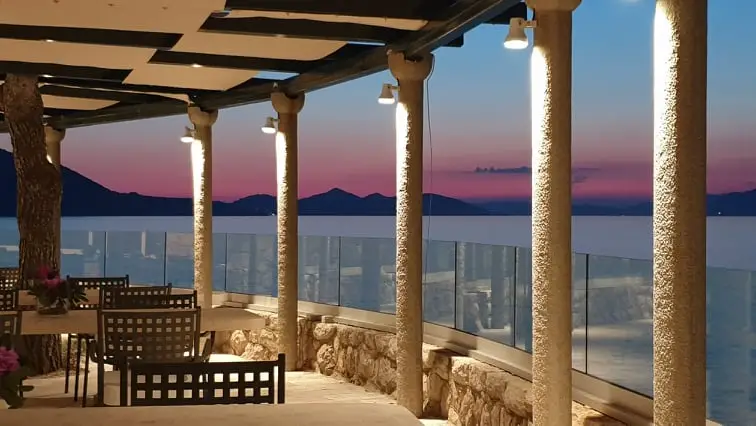
Koločep – 30 Minutes from Dubrovnik But a World Away
April the 15th, 2024 – Ever been to the islands that lie just northwest of Dubrovnik? Meet Koločep, locally known ...
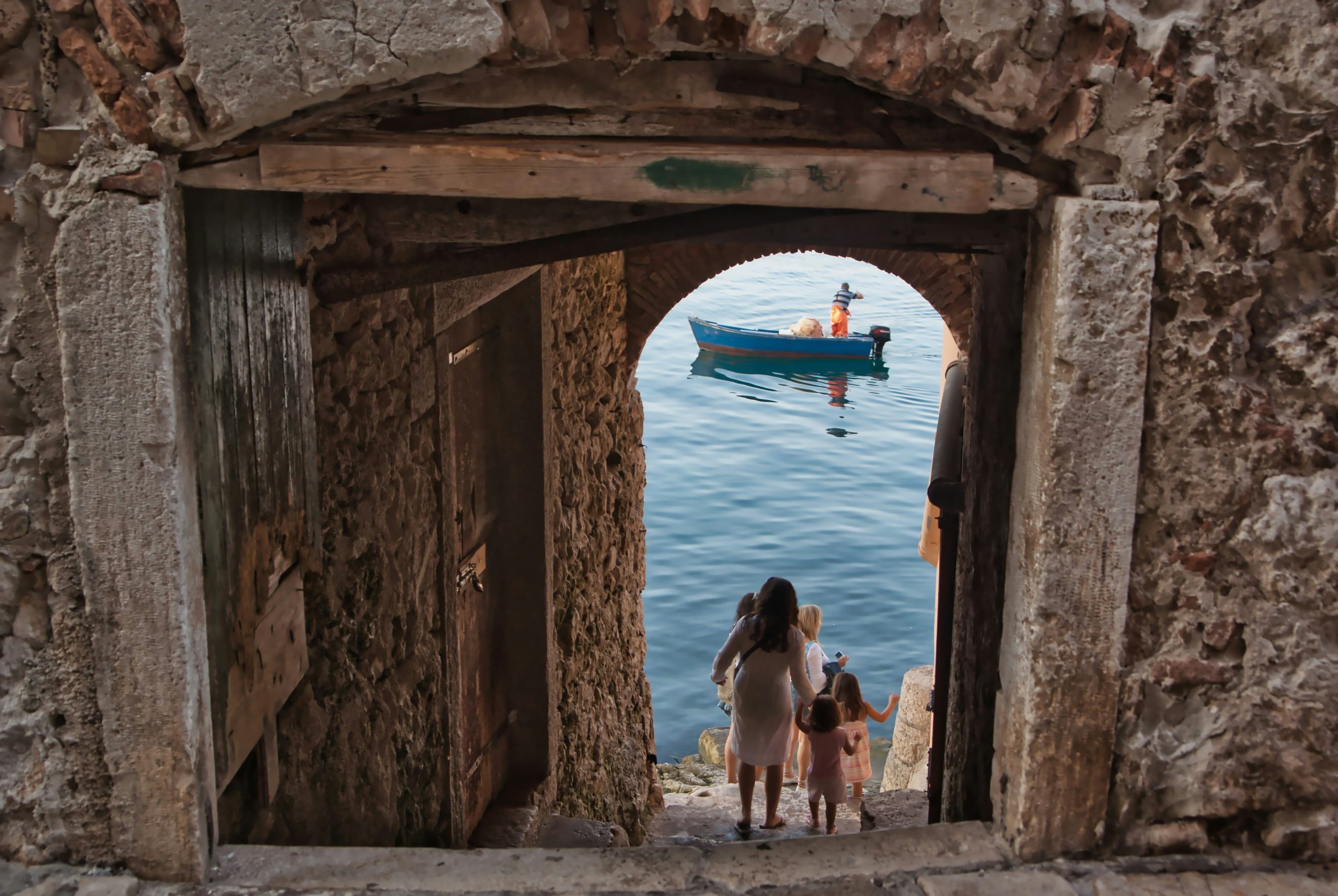
Nikolina Brnjac: Croatian Tourism Has Become Year-Round
April the 4th, 2024 – Tourism Minister Nikolina Brnjac has stated that Croatian tourism has finally taken on its long ...
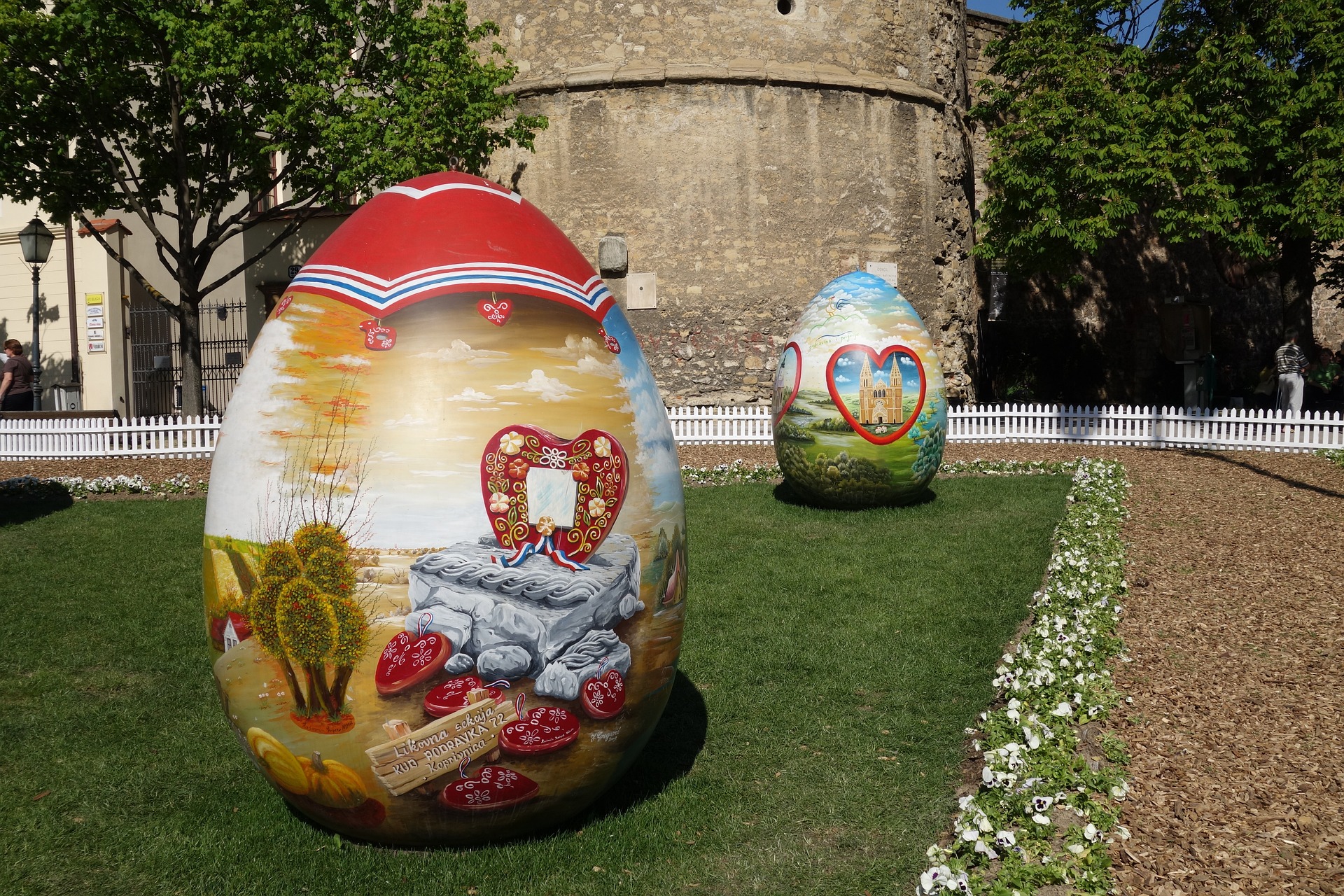
Around 400,000 Overnight Stays Expected in Croatia Over Easter
March the 30th, 2024 – Approximately 400,000 overnight stays are expected to be realised in Croatia over Easter this year. ...

